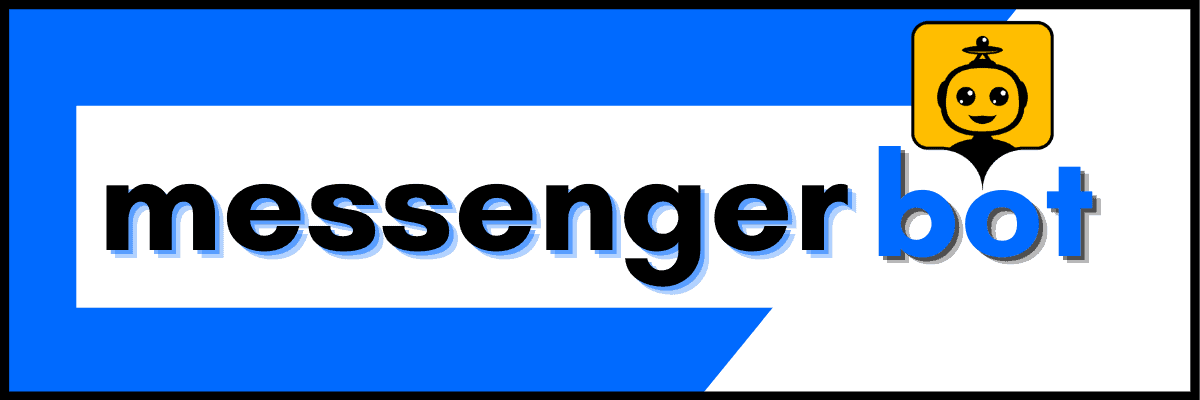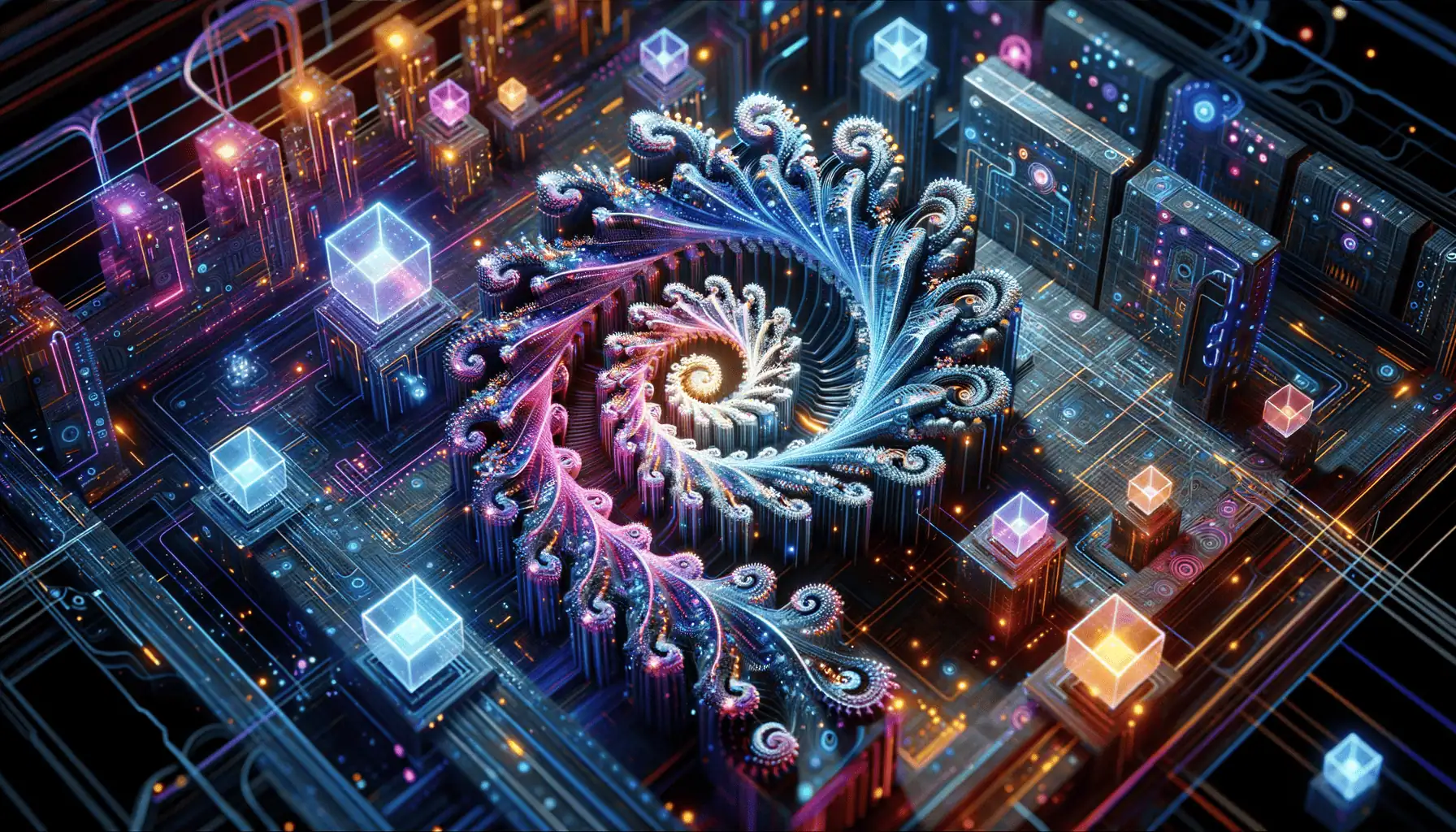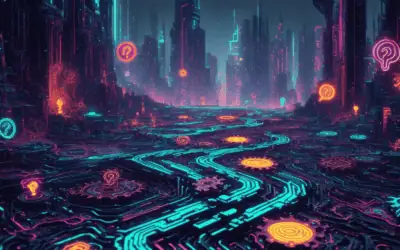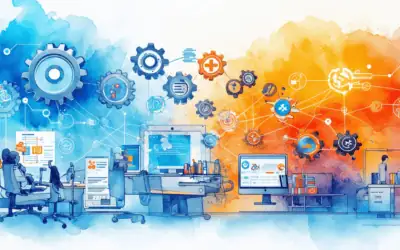In the rapidly evolving landscape of customer service, open source chatbot builders have emerged as game-changers for businesses seeking to enhance their digital interactions. As we delve into the world of conversational AI, this article explores the top 5 open source chatbot builders that are revolutionizing customer engagement in 2023. From user-friendly platforms to advanced GitHub repositories, we’ll uncover the best tools for creating intelligent chatbots that can transform your customer service experience. Whether you’re a seasoned developer or a business owner looking to implement AI-powered communication, this comprehensive guide will help you navigate the exciting realm of chatbot development, offering insights into cost-effective solutions, DIY approaches, and future trends in open source conversational AI.
The Rise of Open Source Chatbot Builders
In recent years, we’ve witnessed a remarkable surge in the popularity of open source chatbot builders. These innovative tools have democratized the creation of intelligent conversational agents, making it possible for businesses of all sizes to enhance their customer interactions without breaking the bank. As a leader in the chatbot industry, we at Messenger Bot have observed this trend firsthand and recognize the immense potential it holds for revolutionizing customer engagement.
Open source chatbot solutions have gained traction due to their flexibility, cost-effectiveness, and the vibrant communities that support them. They offer a powerful alternative to proprietary systems, allowing developers and businesses to customize and extend functionality to meet specific needs. This adaptability is crucial in today’s fast-paced digital landscape, where customer expectations are constantly evolving.
Can I create a chatbot for free?
Yes, you can create a chatbot for free using various platforms and tools available online. Here’s a comprehensive guide to building your own chatbot without spending money:
1. Choose a free chatbot platform:
– Tidio: Offers a free plan with unlimited chatbot creation and up to 100 monthly active users
– MobileMonkey: Provides a free plan for Facebook Messenger bots
– Chatfuel: Offers a free plan for up to 50 users
– ManyChat: Provides a free plan for Facebook Messenger bots
– Dialogflow: Google’s free platform for building conversational interfaces
2. Define your chatbot’s purpose:
– Customer support
– Lead generation
– FAQ assistance
– Product recommendations
– Appointment scheduling
3. Design your chatbot’s conversation flow:
– Map out user interactions
– Create decision trees
– Plan for common queries and responses
4. Utilize pre-built templates:
– Most platforms offer ready-to-use templates
– Customize templates to fit your needs
5. Implement natural language processing (NLP):
– Enable your bot to understand user intent
– Use built-in NLP features provided by the platform
6. Integrate with messaging platforms:
– Facebook Messenger
– WhatsApp
– Telegram
– Website chat widgets
7. Test and refine:
– Conduct thorough testing with various scenarios
– Analyze user interactions and improve responses
8. Launch and monitor:
– Deploy your chatbot on your chosen platform
– Monitor performance and user feedback
9. Continuously improve:
– Regularly update your bot’s knowledge base
– Adapt to user needs and emerging trends
10. Consider advanced features (may require paid plans):
– AI-powered responses
– Multi-language support
– Analytics and reporting
By following these steps, you can create a functional chatbot for free. As your needs grow, you may consider upgrading to paid plans for additional features and capacity.
While these free options are excellent starting points, it’s worth noting that more advanced solutions like our Messenger Bot platform offer enhanced capabilities and support for businesses looking to scale their chatbot operations.
Advantages of open-source chatbot solutions
Open-source chatbot solutions offer numerous advantages that make them an attractive option for businesses and developers alike. Here are some key benefits:
1. Cost-effectiveness: Open-source chatbot builders are often free to use, making them an ideal choice for startups and small businesses with limited budgets. This allows companies to experiment with chatbot technology without significant financial risk.
2. Customization and flexibility: With access to the source code, developers can tailor the chatbot to specific business needs, integrating it seamlessly with existing systems and workflows. This level of customization is crucial for creating unique user experiences.
3. Community support: Open-source projects typically have active communities of developers who contribute to the codebase, share knowledge, and provide support. This collaborative environment fosters innovation and rapid problem-solving.
4. Transparency and security: The open nature of the code allows for thorough security audits, making it easier to identify and fix vulnerabilities. This transparency can be particularly important for businesses handling sensitive customer data.
5. Integration capabilities: Many open-source chatbot builders offer robust APIs and integration options, allowing for seamless connection with various platforms and services. This interoperability is essential for creating comprehensive customer engagement solutions.
6. Scalability: As your business grows, open-source solutions can be scaled to accommodate increased traffic and more complex interactions without the need for expensive upgrades or licensing fees.
7. Learning opportunities: For developers and businesses interested in AI and natural language processing, open-source chatbot projects provide valuable learning experiences and opportunities to contribute to cutting-edge technology.
While open-source solutions offer these advantages, it’s important to consider the level of technical expertise required to fully leverage their potential. For businesses seeking a more turnkey solution with professional support, platforms like Messenger Bot offer a balance of customization and ease of use, with the added benefit of dedicated customer service.
As the chatbot landscape continues to evolve, open-source builders are playing a crucial role in driving innovation and accessibility. Whether you’re a small business owner looking to enhance customer support or a developer exploring the frontiers of conversational AI, the rise of open-source chatbot builders presents exciting opportunities to create intelligent, engaging, and cost-effective conversational agents.
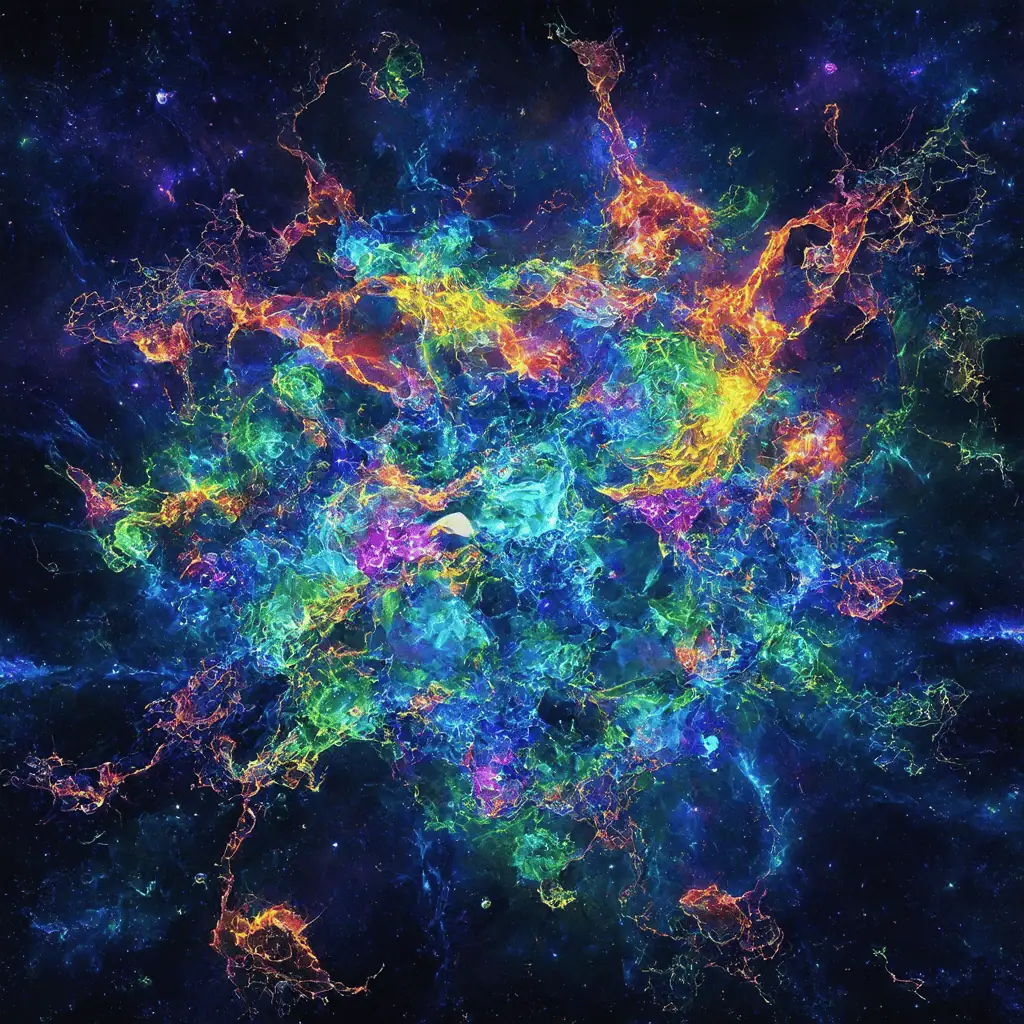
Top 5 Open Source Chatbot Builders for 2023
As we navigate the ever-evolving landscape of conversational AI, open source chatbot builders have become increasingly popular. At Messenger Bot, we’ve observed the rapid growth and innovation in this space. While we offer a comprehensive chatbot platform with advanced features, we recognize the value of open source solutions for developers and businesses with specific needs.
What is the best open source AI chatbot?
Determining the “best” open source AI chatbot depends on your specific requirements, but here are five top contenders that have gained significant traction in 2023:
1. Rasa: Known for its flexibility and powerful natural language understanding (NLU) capabilities, Rasa is a favorite among developers. It allows for highly customized conversational AI solutions and supports multiple languages.
2. Botpress: This platform offers a visual flow editor and built-in NLU, making it accessible for both developers and non-technical users. Its open-source version provides a solid foundation for building sophisticated chatbots.
3. Microsoft Bot Framework: Backed by Microsoft’s robust ecosystem, this framework offers extensive documentation and integration capabilities, particularly with Azure services.
4. Mycroft AI: As a privacy-focused, voice-activated assistant, Mycroft stands out for its commitment to user data protection and its versatility in running on various hardware platforms.
5. LEON: This personal assistant emphasizes offline functionality and privacy, making it an excellent choice for users concerned about data security.
While these open source options offer great flexibility, it’s worth noting that platforms like our Messenger Bot provide a more streamlined experience with built-in features that might require additional development in open source environments.
Comparing features and capabilities
When evaluating open source chatbot builders, it’s crucial to compare their features and capabilities to find the best fit for your project. Here’s a breakdown of key aspects:
1. Natural Language Understanding (NLU):
– Rasa excels with its advanced NLU capabilities, allowing for nuanced understanding of user intent.
– Botpress offers built-in NLU that’s easy to train and customize.
– Microsoft Bot Framework integrates with LUIS for powerful language understanding.
2. Customization and Flexibility:
– All five platforms offer high levels of customization, but Rasa and Botpress stand out for their extensibility.
– LEON and Mycroft AI provide unique customization options for voice-activated assistants.
3. Integration Capabilities:
– Microsoft Bot Framework seamlessly integrates with Azure services and other Microsoft products.
– Rasa and Botpress offer robust APIs for integration with various platforms and services.
4. Community Support and Documentation:
– Rasa and Microsoft Bot Framework have large, active communities and extensive documentation.
– Botpress is gaining traction with a growing community and comprehensive guides.
5. Ease of Use:
– Botpress offers a user-friendly visual editor, making it accessible for non-developers.
– Rasa and Microsoft Bot Framework have steeper learning curves but offer more control.
6. Scalability:
– All platforms can scale, but Rasa and Microsoft Bot Framework are particularly well-suited for enterprise-level applications.
7. Privacy and Data Control:
– Mycroft AI and LEON prioritize user privacy and offline functionality.
– Self-hosting options are available for all platforms, giving you full control over your data.
While these open source solutions offer impressive capabilities, it’s important to consider the trade-offs between flexibility and ease of use. For businesses looking for a balance between customization and out-of-the-box functionality, our Messenger Bot platform offers a range of features that can be quickly implemented without extensive development work.
When choosing between open source chatbot builders, consider your team’s technical expertise, project requirements, and long-term maintenance needs. Each platform has its strengths, and the best choice will depend on your specific use case and resources.
As the field of conversational AI continues to advance, we at Messenger Bot remain committed to providing cutting-edge solutions while also recognizing the value of open source alternatives in driving innovation and meeting diverse needs in the chatbot ecosystem.
Exploring Chatbot Builder Open Source GitHub Options
At Messenger Bot, we recognize the importance of open source solutions in the chatbot development landscape. While our platform offers comprehensive features for building sophisticated chatbots, we also value the innovation and flexibility that open source projects bring to the table.
What is the best open source chat model?
When it comes to open source chat models, the landscape is constantly evolving. As of 2023, several models stand out for their performance and versatility:
1. LLaMA: Meta’s Large Language Model Meta AI is known for its efficiency across various tasks.
2. Alpaca: Stanford’s fine-tuned version of LLaMA offers improved instruction-following capabilities.
3. Vicuna: Developed by researchers at UC Berkeley, CMU, and Stanford, this chatbot rivals GPT-3.5 in performance.
4. ChatGLM: A bilingual Chinese-English model from Tsinghua University, notable for its low hardware requirements.
5. BLOOM: BigScience’s 176B-parameter multilingual model supporting 46 languages.
These models provide a solid foundation for developers looking to build custom chatbot solutions. However, it’s important to note that while these open source models offer great flexibility, they often require significant technical expertise to implement and fine-tune effectively.
For businesses seeking a more streamlined approach, our Messenger Bot platform offers a balance of customization and ease of use, allowing you to create sophisticated chatbots without the need for extensive development resources.
Popular GitHub repositories for chatbot development
GitHub hosts a wealth of open source chatbot projects that developers can leverage for their own projects. Some of the most popular repositories include:
1. Rasa: This repository offers a complete framework for building conversational AI assistants. It’s known for its robust natural language understanding capabilities and active community support.
2. Botpress: An open-source conversational AI platform that provides a visual flow editor and built-in NLU, making it accessible for both developers and non-technical users.
3. Microsoft Bot Framework: This comprehensive toolkit includes SDKs, tools, and services for building enterprise-grade conversational AI experiences.
4. Hugging Face Transformers: While not exclusively for chatbots, this library provides state-of-the-art natural language processing models that can be used to power chatbot interactions.
5. ChatterBot: A machine learning-based conversational dialog engine that makes it easy to generate automated responses to user inputs.
These repositories offer different approaches to chatbot development, from complete frameworks to specific components that can be integrated into larger systems. When choosing a repository, consider factors such as:
– Active community support and regular updates
– Documentation quality and availability of tutorials
– Compatibility with your existing tech stack
– Scalability for your project’s needs
– Licensing terms for commercial use
While these open source options provide powerful tools for chatbot development, they often require significant time and expertise to implement effectively. For businesses looking for a more immediate solution, our Messenger Bot platform offers a range of pre-built features and integrations that can get your chatbot up and running quickly.
At Messenger Bot, we’re committed to staying at the forefront of chatbot technology. We continuously incorporate insights from open source developments to enhance our platform, ensuring that our users benefit from the latest advancements in conversational AI without the complexity of managing open source projects.
By leveraging open source chatbot builders and models, developers can create highly customized solutions. However, for businesses seeking a balance between customization and ease of use, platforms like ours offer a compelling alternative, combining the power of advanced AI with user-friendly interfaces and robust support.
User-Friendly Solutions for Businesses
At Messenger Bot, we understand that businesses need chatbot solutions that are both powerful and easy to use. While we pride ourselves on offering a user-friendly platform with advanced features, we also recognize the value of exploring various options in the market.
What is the easiest chatbot builder to use?
When it comes to user-friendly chatbot builders, several platforms stand out for their intuitive interfaces and ease of use:
1. Chatfuel: Known for its drag-and-drop interface, Chatfuel excels in creating Facebook Messenger and Instagram bots quickly.
2. MobileMonkey: Offers a visual bot builder with pre-built templates, making it ideal for beginners across multiple platforms.
3. ManyChat: Features a user-friendly visual flow builder, particularly strong for e-commerce and marketing automation.
4. Landbot: Provides a no-code, visual interface for creating web-based chatbots with customizable design options.
5. Tidio: Combines live chat with AI-powered chatbots, offering simplicity and a free plan for small businesses.
While these platforms offer varying degrees of simplicity, our Messenger Bot solution strikes a balance between ease of use and advanced functionality. We’ve designed our platform to be intuitive for beginners while offering the depth needed for complex chatbot scenarios.
Botpress: A comprehensive open-source chatbot platform
Botpress stands out in the open-source chatbot landscape as a versatile and powerful solution. Here’s why it’s gained popularity among developers and businesses:
1. Visual Flow Editor: Botpress offers an intuitive visual flow editor, making it accessible for both developers and non-technical users to create complex conversational flows.
2. Natural Language Understanding (NLU): It includes built-in NLU capabilities, allowing chatbots to understand user intent and extract entities from messages more effectively.
3. Multi-channel Support: Botpress supports deployment across various channels, including websites, Messenger, and Slack, ensuring broad reach for your chatbot.
4. Extensibility: As an open-source platform, Botpress allows for extensive customization and integration with other tools and services.
5. Community and Documentation: It boasts a strong community of developers and comprehensive documentation, making it easier to troubleshoot and extend functionality.
While Botpress offers significant flexibility, it’s important to note that it may require more technical expertise compared to some proprietary solutions. For businesses looking for a more streamlined approach, our Messenger Bot platform offers a robust set of features with a gentler learning curve.
We’ve incorporated insights from open-source projects like Botpress to enhance our own platform, ensuring that Messenger Bot users benefit from cutting-edge conversational AI technology without the complexity of managing an open-source solution.
By leveraging user-friendly chatbot builders, businesses can quickly implement conversational AI strategies. However, it’s crucial to choose a solution that not only offers ease of use but also provides the scalability and features needed for long-term success. Our platform is designed to grow with your business, offering both simplicity and advanced capabilities as your chatbot needs evolve.

DIY Chatbot Development
At Messenger Bot, we believe in empowering businesses to harness the power of AI-driven communication. While our platform offers robust features for creating sophisticated chatbots, we also recognize the value of understanding the DIY approach to chatbot development.
Can I build my own chatbot?
Absolutely! Building your own chatbot has become increasingly accessible, even for those without extensive programming experience. Here’s a concise guide to help you get started:
1. Define Your Purpose: Clearly outline your chatbot’s objectives and key functionalities.
2. Choose a Platform: Consider no-code options like Dialogflow or code-based platforms like Rasa, depending on your technical skills.
3. Design Conversations: Create a dialogue flow that addresses user intents effectively.
4. Implement NLP: Utilize natural language processing to enhance your chatbot’s understanding capabilities.
5. Develop and Test: Build your chatbot iteratively, testing thoroughly with diverse inputs.
6. Deploy and Monitor: Launch your chatbot and continuously monitor its performance for improvements.
While DIY chatbot development can be rewarding, it often requires significant time and resources. Our Messenger Bot platform offers a streamlined alternative, allowing you to create sophisticated chatbots quickly without sacrificing customization options.
Essential tools and frameworks for custom chatbot creation
For those embarking on custom chatbot development, several tools and frameworks stand out in 2024:
1. Rasa: An open-source machine learning framework for automated text and voice-based conversations. It’s highly customizable and suitable for complex chatbot projects.
2. Botpress: Offers a visual development environment with powerful NLU capabilities, making it accessible for both developers and non-technical users.
3. Microsoft Bot Framework: Provides a comprehensive set of tools for building enterprise-grade conversational AI experiences.
4. Dialogflow: Google’s platform for creating conversational interfaces across multiple channels, featuring intuitive design tools and robust NLP capabilities.
5. TensorFlow: While not a chatbot-specific tool, this open-source machine learning library is invaluable for developing advanced AI models for chatbots.
6. NLTK (Natural Language Toolkit): A leading platform for building Python programs to work with human language data, essential for NLP tasks in chatbot development.
7. FastAPI: A modern, fast web framework for building APIs with Python, ideal for creating backend services for chatbots.
These tools offer varying levels of complexity and customization. While they provide powerful capabilities, the learning curve can be steep. Our Messenger Bot solution incorporates many of these advanced technologies, offering a balance between customization and ease of use.
For businesses looking to leverage cutting-edge AI without the complexities of custom development, Brain Pod AI offers a comprehensive suite of AI tools, including chatbot capabilities, that can complement or enhance your existing chatbot strategies.
When considering DIY chatbot development, it’s crucial to weigh the investment of time and resources against your specific needs. While custom solutions offer maximum flexibility, platforms like Messenger Bot provide a robust, scalable alternative that can significantly reduce development time and costs while still delivering powerful, AI-driven conversational experiences.
Cost Considerations in Chatbot Development
When it comes to implementing chatbot solutions, understanding the cost implications is crucial for businesses of all sizes. At Messenger Bot, we’ve seen firsthand how the right chatbot can transform customer interactions without breaking the bank.
How much does it cost to build a chatbot?
The cost of building a chatbot can vary significantly, ranging from $3,000 to $150,000, depending on the complexity and features required. Here’s a breakdown of what you can expect:
1. Basic Rule-Based Chatbots: $3,000 – $15,000
These simple chatbots follow predefined rules and are suitable for handling straightforward queries.
2. AI-Powered Conversational Bots: $40,000 – $100,000
More sophisticated chatbots with natural language processing capabilities fall into this range.
3. Enterprise-Level Chatbots: $100,000+
Highly customized solutions with advanced integrations and AI capabilities can exceed $150,000.
Key factors influencing the cost include:
– Chatbot type (rule-based vs. AI-powered)
– Complexity of conversations and tasks
– Integration with existing systems
– Natural Language Processing (NLP) capabilities
– Multilingual support
– Customization requirements
– Development platform choice
– Maintenance and ongoing support
Industry insights from Chatbots Magazine suggest that simple chatbots typically cost between $10,000 and $50,000, while advanced AI chatbots can range from $40,000 to $150,000. These figures align with our experience at Messenger Bot, where we’ve seen businesses across various industries implement chatbot solutions.
It’s worth noting that Gartner predicts that by 2025, 70% of white-collar workers will interact with conversational platforms daily. This trend underscores the growing importance of investing in chatbot technology to stay competitive in the digital landscape.
Free chatbot builder open source options vs. paid solutions
When considering chatbot development, businesses often weigh the benefits of free open-source options against paid solutions. Let’s explore both:
Free Open-Source Chatbot Builders:
1. Rasa: A popular open-source framework for building contextual AI assistants and chatbots.
2. Botpress: An open-source conversational AI platform that offers visual development tools.
3. Microsoft Bot Framework: A comprehensive set of open-source tools for creating conversational interfaces.
These open-source options offer flexibility and customization but require technical expertise and time investment for development and maintenance.
Paid Solutions:
1. Messenger Bot: Our platform offers a balance of advanced features and user-friendly interfaces, with pricing plans starting at $49/month.
2. Dialogflow: Google’s chatbot platform with a tiered pricing model based on usage.
3. Intercom: A customer messaging platform with chatbot capabilities, offering plans from $39/month.
Paid solutions like ours provide immediate value with pre-built features, ongoing support, and regular updates, which can significantly reduce development time and costs.
When choosing between free and paid options, consider factors such as:
1. Technical resources available
2. Time-to-market requirements
3. Scalability needs
4. Integration capabilities
5. Ongoing maintenance and support
While open-source solutions can be cost-effective for businesses with strong technical teams, many find that the total cost of ownership for paid solutions is lower when factoring in development time, maintenance, and scaling.
At Messenger Bot, we’ve designed our pricing plans to cater to businesses of all sizes, ensuring that advanced chatbot capabilities are accessible without the hefty price tag of custom development. Our solution combines the best of both worlds – the flexibility of customization with the ease of use and support of a managed platform.
For businesses looking to leverage AI beyond chatbots, Brain Pod AI offers a comprehensive suite of AI tools that can complement your chatbot strategy, providing additional capabilities like AI writing and image generation.
Ultimately, the choice between free open-source and paid chatbot solutions depends on your specific business needs, technical capabilities, and long-term goals. We recommend evaluating your options carefully and considering a free trial of Messenger Bot to experience the benefits of a professional chatbot platform firsthand.
Future Trends in Open Source Conversational AI
As we continue to innovate at Messenger Bot, we’re excited about the future of open source conversational AI. The landscape is rapidly evolving, with new technologies and approaches emerging that promise to revolutionize how we interact with chatbots and AI assistants.
Emerging technologies in chatbot development
Several cutting-edge technologies are shaping the future of chatbot development:
1. Advanced Natural Language Processing (NLP):
Improvements in NLP are enabling chatbots to understand context, sentiment, and nuance better than ever before. We’re integrating these advancements into our Messenger Bot platform to enhance user interactions.
2. Emotion AI:
The ability to recognize and respond to human emotions is becoming a reality. This technology will allow chatbots to provide more empathetic and personalized responses, significantly improving user experience.
3. Voice-enabled chatbots:
With the rise of voice assistants, we’re seeing a convergence of text-based chatbots and voice interfaces. This trend is making conversational AI more accessible and natural to use across various devices and platforms.
4. Multimodal AI:
Future chatbots will be able to process and generate not just text, but also images, videos, and other forms of media. This capability will enable richer, more interactive conversations.
5. Federated Learning:
This approach allows AI models to be trained across multiple decentralized devices or servers without exchanging data samples. It’s particularly valuable for maintaining user privacy while improving chatbot performance.
6. Explainable AI (XAI):
As AI becomes more complex, there’s a growing need for transparency. XAI techniques are being developed to help users understand how chatbots arrive at their responses, building trust and improving user adoption.
These emerging technologies are not just theoretical concepts. Companies like OpenAI and Anthropic are pushing the boundaries of what’s possible with large language models, which will undoubtedly influence the future of open source chatbot builders.
Innovative chatbot project ideas and use cases
As the capabilities of chatbots expand, so do their potential applications. Here are some innovative project ideas and use cases that we’re excited about:
1. Personalized Learning Assistants:
Imagine a chatbot that adapts to a student’s learning style, providing tailored explanations and practice exercises. This could revolutionize education, making personalized tutoring accessible to everyone.
2. Mental Health Support Bots:
While not a replacement for professional help, chatbots could provide initial screening, coping strategies, and resources for those dealing with mental health issues. They could be available 24/7, offering support when human counselors are not immediately available.
3. Multilingual Customer Service:
Our multilingual chatbot capabilities are just the beginning. Future chatbots will seamlessly translate and facilitate conversations between people speaking different languages, breaking down communication barriers in customer service.
4. Virtual Travel Guides:
Chatbots could serve as personalized travel companions, offering real-time information about destinations, translating signs, and providing cultural insights to enhance the travel experience.
5. Collaborative Coding Assistants:
Imagine a chatbot that can assist developers by explaining code, suggesting optimizations, and even helping to debug issues. This could significantly boost productivity in software development.
6. IoT Device Managers:
As smart homes become more common, chatbots could serve as central hubs for managing and interacting with various IoT devices, making home automation more intuitive and user-friendly.
7. Legal Aid Chatbots:
These could provide initial legal advice, help with document preparation, and guide users through legal processes, making legal assistance more accessible and affordable.
8. Sustainability Advisors:
Chatbots could help individuals and businesses make more environmentally friendly decisions by providing personalized recommendations for reducing carbon footprints and improving sustainability practices.
At Messenger Bot, we’re constantly exploring these innovative use cases to expand our platform’s capabilities. We believe that the future of chatbots lies in their ability to seamlessly integrate into various aspects of our lives, providing personalized, context-aware assistance.
For businesses looking to stay ahead of the curve, Brain Pod AI offers cutting-edge AI tools that complement chatbot functionalities, allowing for even more advanced and integrated AI solutions.
As we continue to develop our open source chatbot builder, we’re committed to incorporating these emerging technologies and innovative use cases. Our goal is to provide a platform that not only meets current needs but is also ready for the exciting future of conversational AI. We invite developers and businesses to join us in exploring these possibilities and shaping the future of human-AI interaction.
